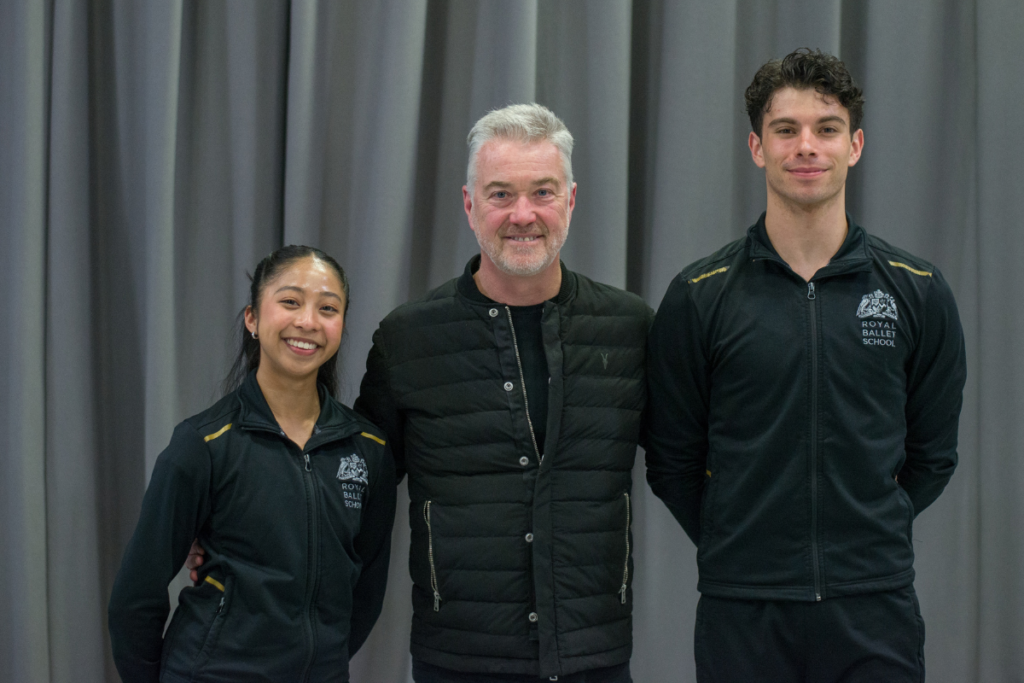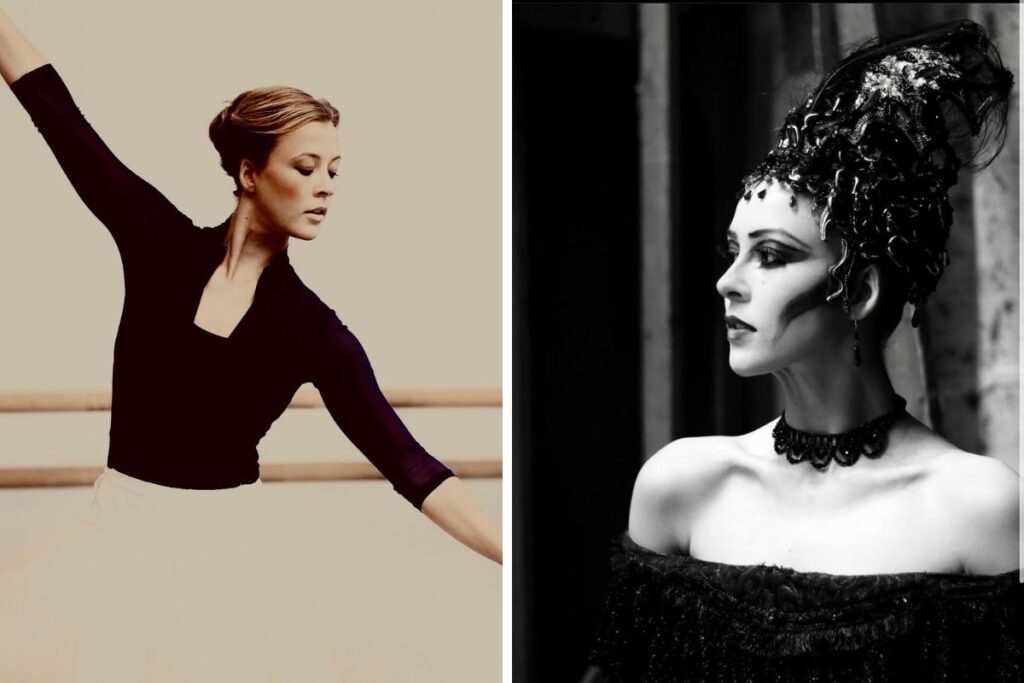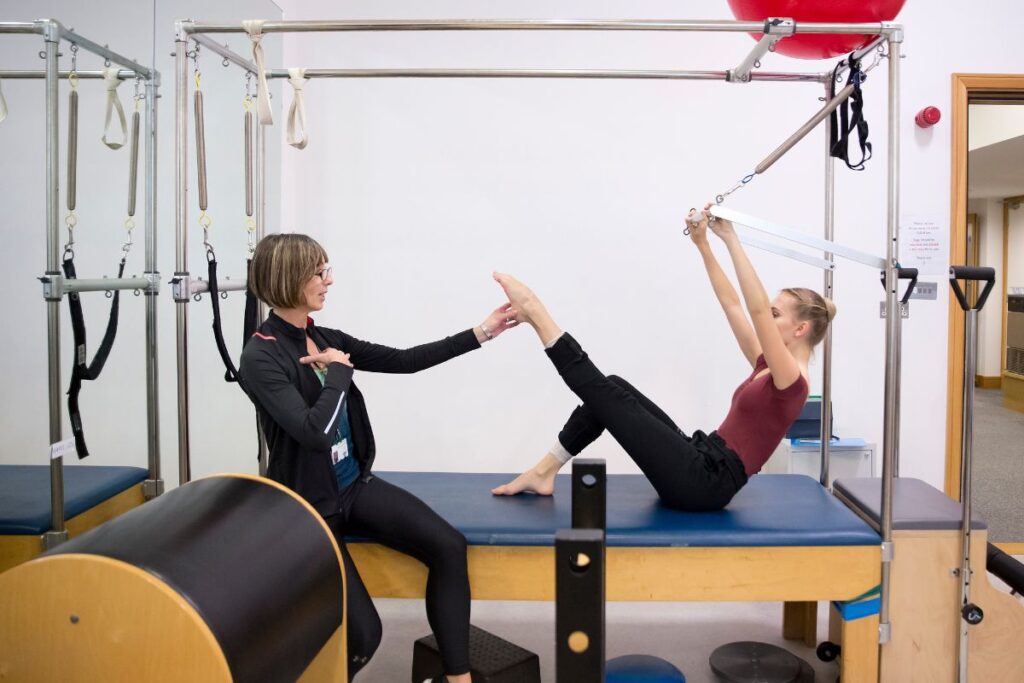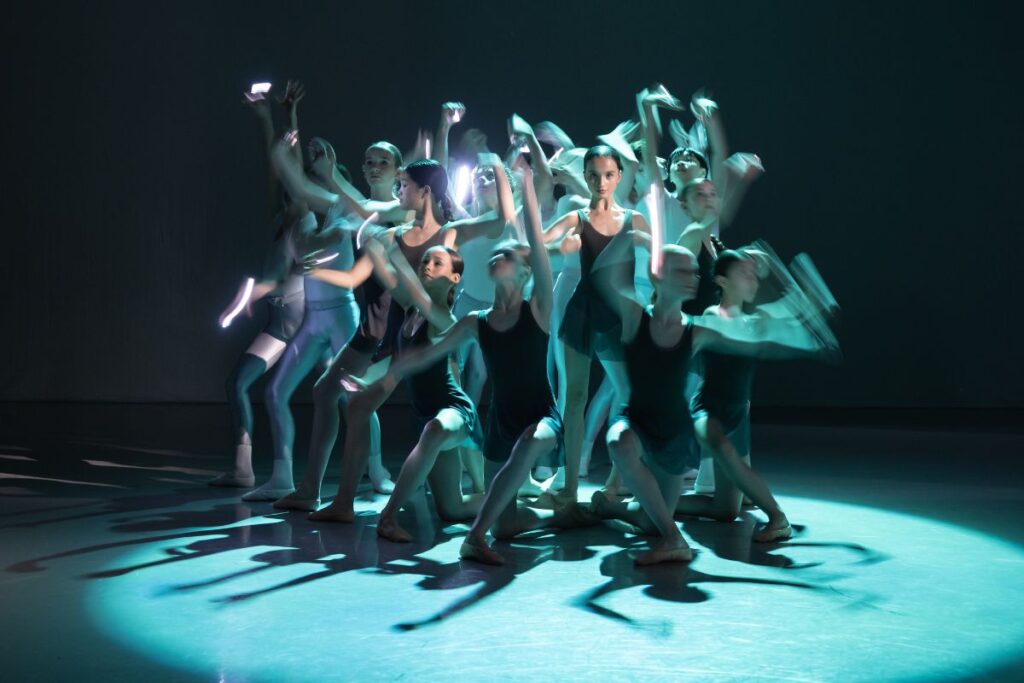Daring to be different – A Creative Artist Talk with Kim Gavin
Lauded as one of the UK’s leading Creative Directors, known for his creative vision and choreography, the artistic force that is Kim Gavin is no stranger to the stage. Kim started his journey to success in the halls of White Lodge, before landing his first commercial role in TV and later steering his career towards choreography and direction.
Kim’s artistic vision has inspired countless audiences across the globe, working with the likes of Adele, Pink, Robbie Williams, Elton John, Take That and Coldplay. He has an impressive CV, contributing to popular TV shows and live events such as The Brit Awards, Dancing on Ice, the Golden Jubilee Party at The Palace, and Concert for Diana at Wembley Stadium. Kim was also the Artistic Director for the closing ceremony of the London 2012 Olympic and Paralympic Games.
We were thrilled to welcome Kim back as part of our Creative Artist Talk series to discuss his illustrious career, highlighting the endless possibilities our students could pursue.
Introduced to the world of dance through his mother’s passion for drama, Kim’s knowledge of ballet was limited.
At eight or nine when I started to dance, I was obviously enthusiastic to do it, but I can’t remember thinking, you know, I really want to go.
I just went [to ballet classes] every week for about two years before I did the audition to get to White Lodge. I was really happy to go because I was sort of born into the world of theatre and expression. I felt like it was a happy place for me.
I remember my first day driving into Richmond Park. I wasn’t particularly knowledgeable about ballet when I went there. Immediately arriving at the school, we were put into a production of The Nutcracker and for me, this was another world. The very first production was directed by (Rudolf) Nureyev and it inspired me to go forward.
He was inspired by the creative aspect of performance, reflecting on some of his early and favourite memories at White Lodge, including being part of a choreographic competition.
There was a choreographic competition that you had to let people know you were going to be a part of. Everyone was shocked I said yes. Everybody else created big corps de ballets to try and be impressive, and as an early thought process, I thought I’d do a duet as I loved duets.
I choreographed this piece and it was something that ticked a box for me at the time because all I had done was ballet and choreography from other people, but I hadn’t done anything for myself. That was the first moment I realised at the time that I enjoyed the creativity and the thought process.
After leaving White Lodge, Kim started working in TV and became a commercial dancer, later travelling across the world to Milan, Paris, Munich, Vegas and beyond as a choreographer. Reflecting on his background, Kim attributes much of his success to his classical training.
When I left White Lodge there were certain parts of dance I was really strong in, and by November of that year when I left in July, I had my first job.
I went into the audition, and they said, can anybody do a tour? I said yes, I can do a tour, but some of the people around me couldn’t do that. The classical background I’d already achieved in five years made me very strong.
Kim also answered questions about his pathway to creative direction and choreography.
I get excited about creating an idea and a thought process or a moment within a song, and that drove me. When I discovered that feeling and I realised I was quite good at it, it was exciting and now I’m always looking for that.
Is there one more idea that I haven’t done yet? That is the sole thing that drives me…that feeling you have on opening night, and everybody is sat down, and you think, is it going to work?
Kim recounted a time when he received a piece of advice from his father that stuck with him throughout his career. Despite going on to work with the best of the best, from rock and roll concerts to major film and TV sets, he candidly reflected on his journey, admitting it wasn’t all smooth sailing.
At 17 I went into a telephone box, and it was in the days before mobile phones, and I rang home and said I’m giving it up. I am just going to chuck it all in. And my mother went into hysterics and said you can’t, you can’t Kim, and for whatever reason I wasn’t listening. My father came on the phone, and he said rather than tell me what you can’t do, can you tell me what you would like to try and do.
He said you don’t know, you’re only 17. But you’ve been training for six years and you have put an awful lot of time and effort into this profession. Give it one more shot. And I did the following day, I gave it one more shot and I’m here today having done what I have done.
He went on to work as the Creative Director for the closing ceremony of the 2012 Olympic and Paralympic Games. When asked about his experience directing these ceremonies, Kim recounts his creative process, from idea to stage, and the desire to do things differently. Based on these learnings, he kindly shared his wisdom with the students on creativity and choreography:
I think sometimes you need to be brave… to take a risk and think is this going to be great? Are people going to applaud it? Are people going to excite as I am at the thought of doing it?
The other aspect of doing something like that is you have to become a leader. If you are choreographing something, even if it is a small two or three-person production, or whether it’s more like 10,000 people in a production, you have to be excited, you’ve got to lead from the front and make it fun.
When you do achieve that, nearly always in my experience, people will get excited about it.
Kim’s successful and varied career provided much inspiration to our students, shining a light on what might be possible in their futures.
Thank you, Kim, for sharing your wisdom with our students.





